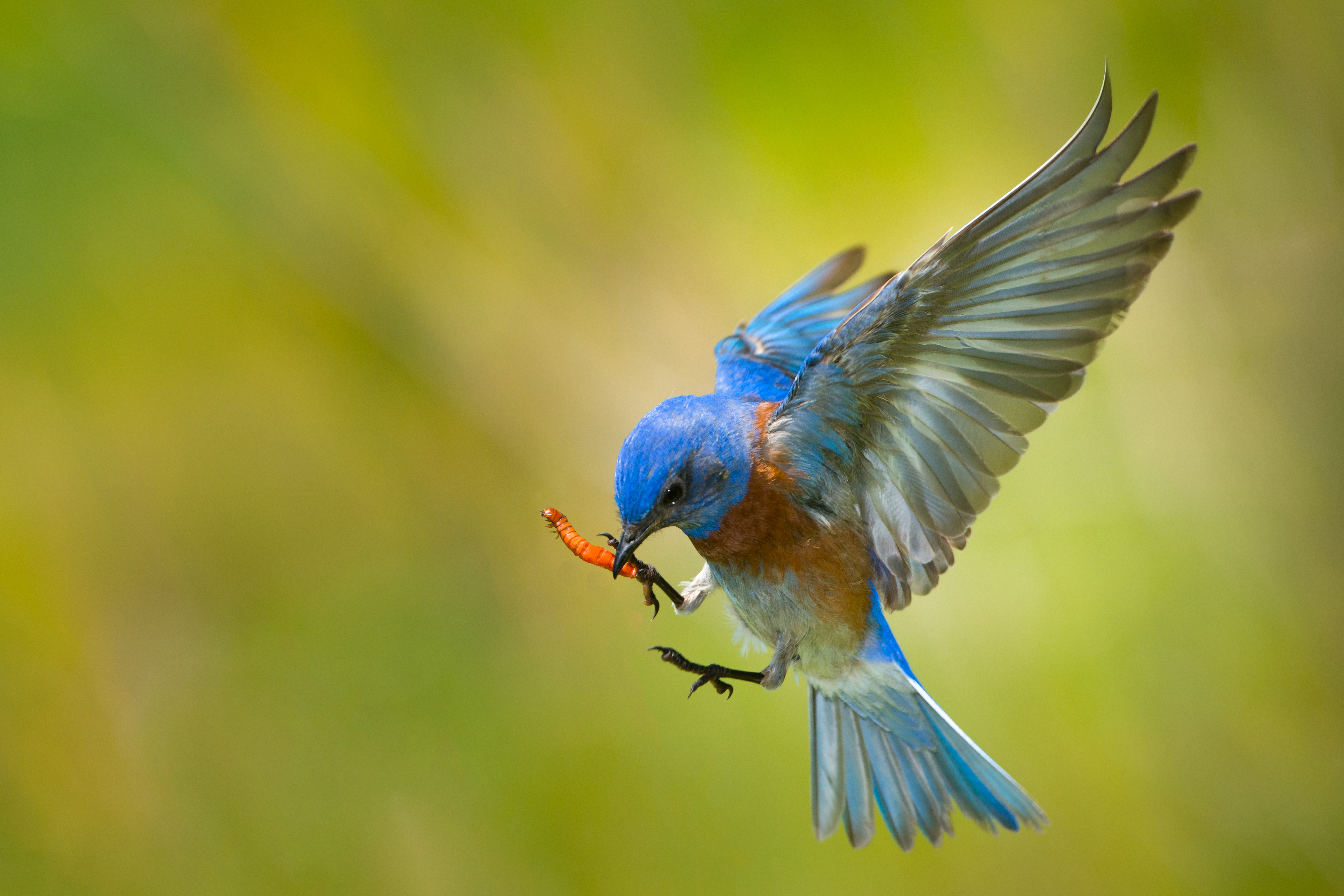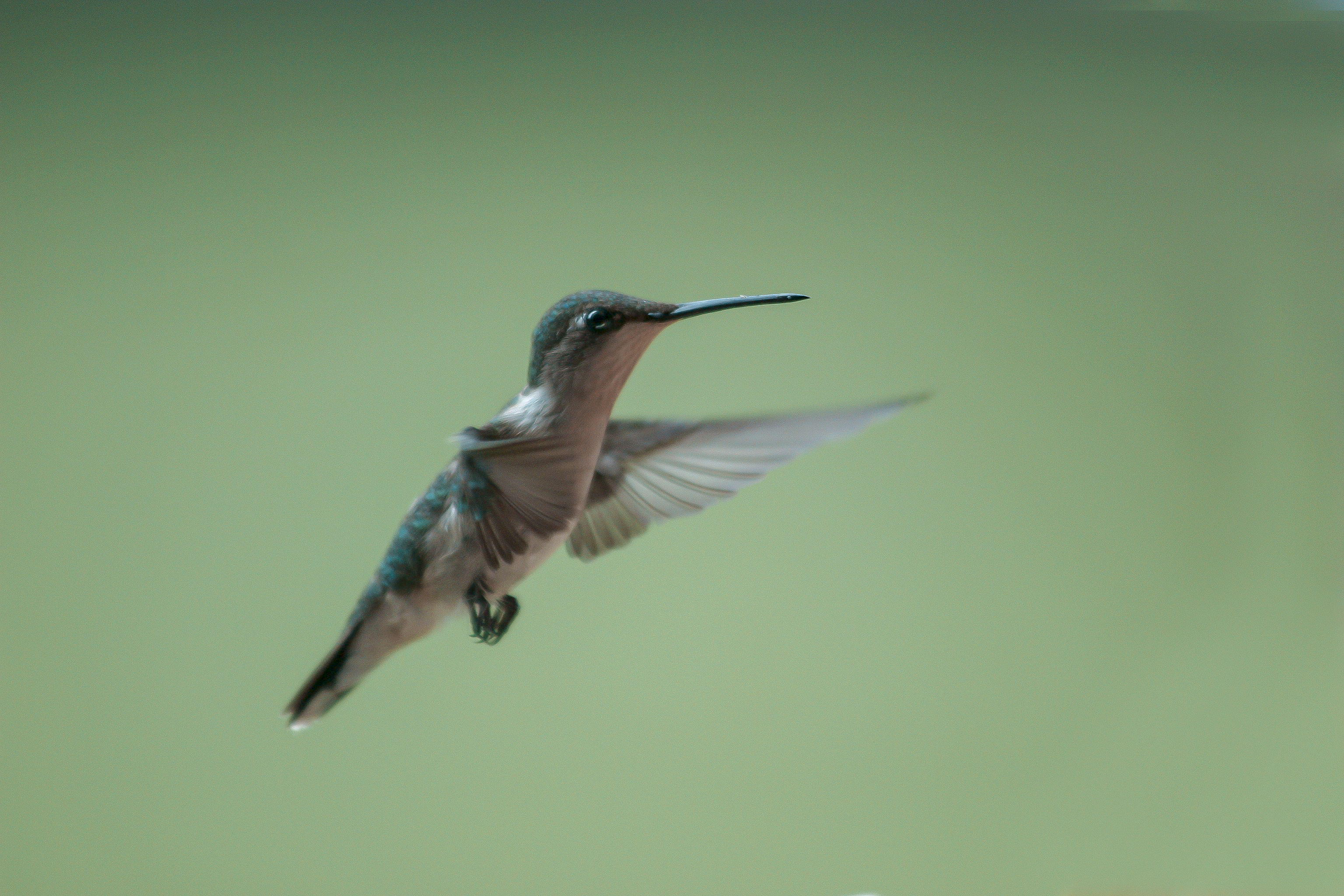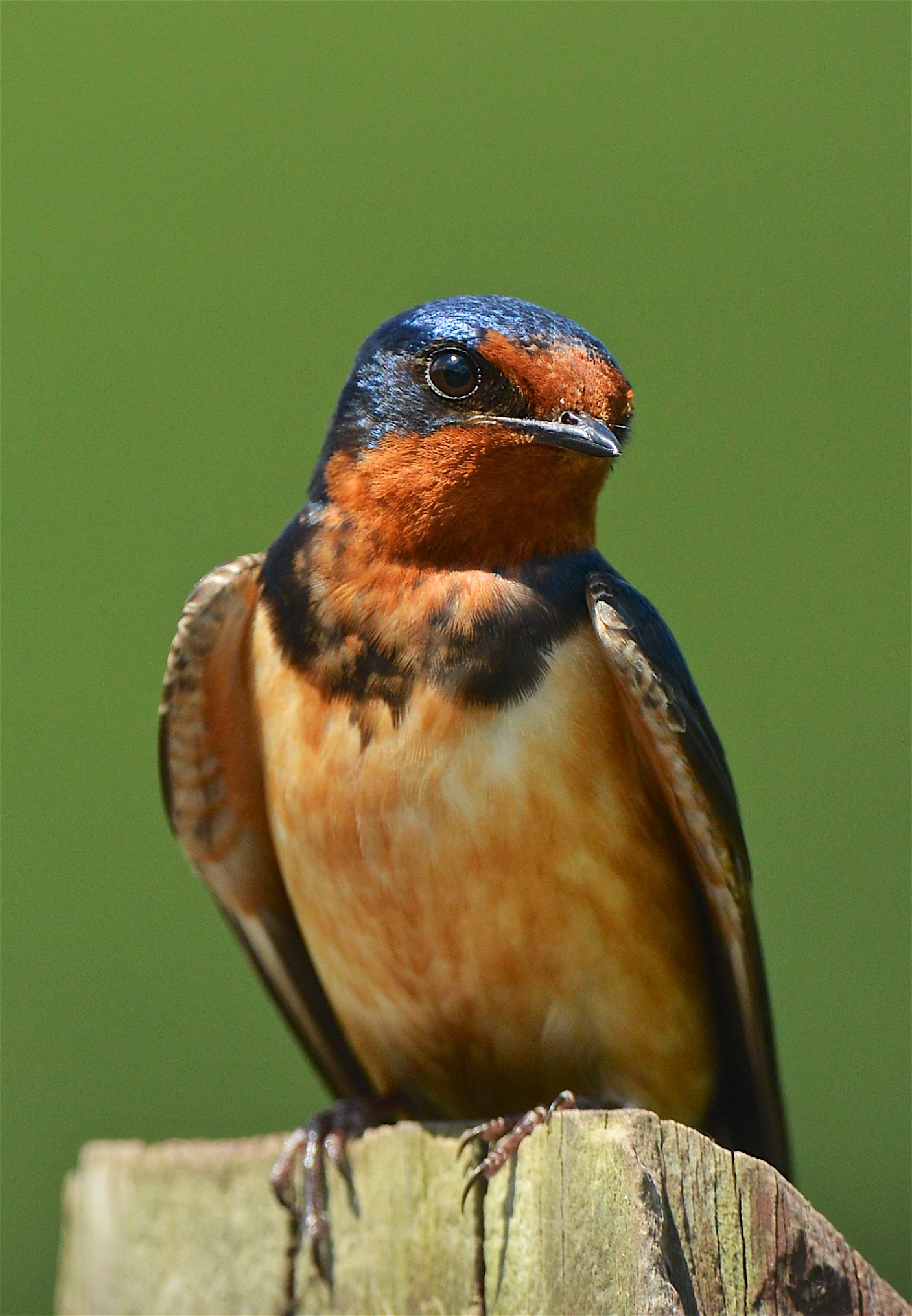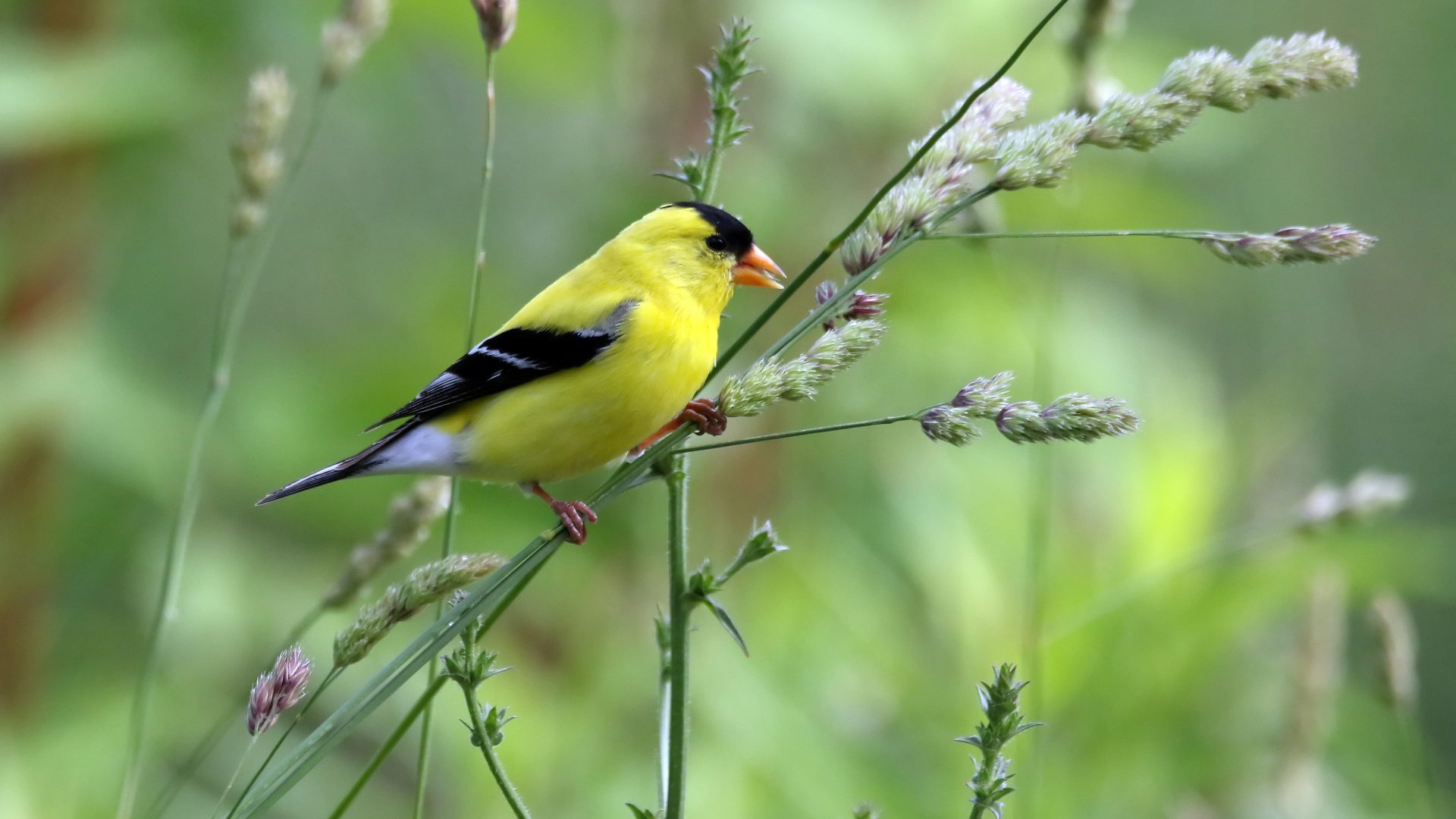State parks are a great place for beginner bird watching
Most people can easily pick out West Virginia’s state bird, the Northern Cardinal, but how many of the state’s lesser-known species can you identify? Grab your field guide, notebook and pen and use the following tips and tricks to help you get started bird watching at a state park or even in your backyard.

Tools to get started bird watching in West Virginia
All you need to get started is a few basic items. We recommend the following:
1. Field Identification Guide
Field guides provide details on color and plumage patterns, as well as other tips for identifying bird species. Most field guides are small enough to fit in your pocket. Look for these at any bookstore or online retailers.
2. Binoculars
You can enjoy bird watching without a pair of binoculars, but it’s much easier to identify a bird if you can zoom in on it. Ideally, you’ll want something compact, light and powerful enough to pick up small details.
3. Notebook and Bird List
Many avid bird watchers keep a notebook to record physical characteristics or behavior of birds they observe. You’ll also need to know which bird species to look for, so make sure you print a copy of our Birds of West Virginia Checklist.

Tips for viewing
More than 75 species of birds breed in West Virginia. That means these birds migrate to the Mountain State in the spring and summer and spend the winters in Central and South America.
Early spring is an ideal time for bird watching, but you’ll need to get up early to catch birds in action. Between sunrise and mid-morning is when birds are most active.
State parks, state forests and wildlife management areas are prime bird watching spots, but you can start in your own backyard or neighborhood. Spending time in a variety of habitats will allow you to see more species of birds, so try looking at the edges of fields, streams, lakes, woods and roads. Some habitats, like wetlands, often present a greater variety of birds.
Her’s a few of the things that will help you identify the birds you see.
1. Color and Markings
Whether it’s the red breast of a robin or the brilliant cerulean of a blue jay, color is often the first identifying feature you’ll notice on a bird. But you’ll also want to look for features like body and bill shape, wing and rump patches, tail bands, eye rings, wing bars and other patches of color that stand out.
2. Size
Try comparing the size of the bird you are looking at to the size of a bird you are familiar with. If you see a black bird but can’t get close enough to see if it has other markings, try this: If the bird is larger than a pigeon, it’s a probably a crow and if it is smaller than a pigeon, it’s most likely a blackbird.
3. Silhouette
A bird’s shape may give clues to its identity. Look at the head, wings or tail for clues.
4. Habits and Behavior
How and where a bird interacts with its surroundings can be a valuable identification tool. Does it eat insects or seeds? Does it feed in a tree or from the ground? Does it hover like a hummingbird or soar like a vulture?
5. Habitat
Observing the bird’s habitat may help identify it. Is the bird in a coniferous or deciduous forest, open field or marsh? In treetops or on the ground?
6. Calls and Songs
Many birds have distinctive sounds that are indicative of a certain species. Calls are generally brief sounds of only one or two notes, while a song is usually a rhythmic series of notes uttered in a recognizable pattern. Many websites have recordings of calls and songs with which you can compare.

Resources for bird watching in West Virginia
There are plenty of additional resources to help you get started bird watching. Here’s a few you may find helpful:
- Download our Guide to Beginner Bird Watching.
- Reach out to a local bird club. They often have scientific studies and nature programs.
- Download the Audubon Society’s a free mobile app for bird watching.
Now that you’re all set to go. Remember: The early bird gets the worm!




